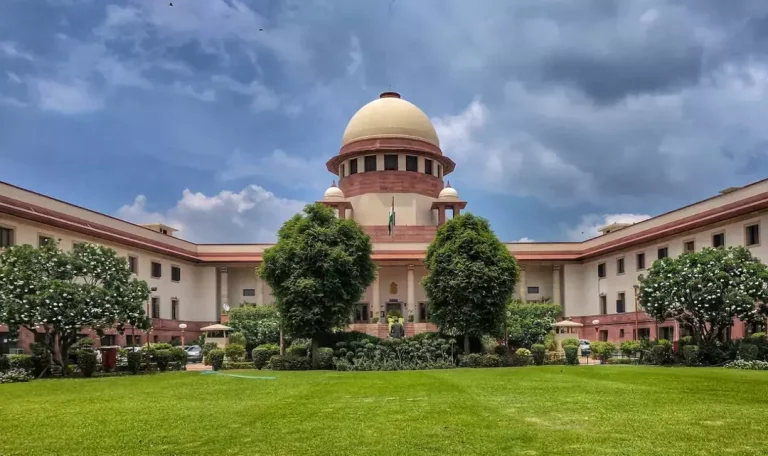
Delhi Planning 47-km Integrated Transit Corridor to Ease Traffic
As the national capital continues to grapple with the challenges of rapid urbanization, the Public Works Department (PWD) of Delhi has announced plans to construct a 47-kilometer Integrated Transit Corridor to alleviate traffic congestion in the city. The ambitious project aims to build eight flyovers or underpasses across high-traffic zones, including the infamous ITO and IGI Airport intersections. With the help of a consultant, the feasibility, traffic flow, and design improvements will be assessed to ensure seamless connectivity across the city.
The Integrated Transit Corridor project is a much-needed initiative to address the growing traffic woes in Delhi. The city’s population has been increasing exponentially, leading to a significant surge in vehicle ownership and, consequently, traffic congestion. According to a report by the Delhi Traffic Police, the city’s roads are home to over 1.5 million registered vehicles, which is expected to rise to 2 million by 2025. This has resulted in long commute times, increased air pollution, and decreased quality of life for residents.
To mitigate these issues, the PWD has proposed the construction of the Integrated Transit Corridor, which will span 47 kilometers and include multiple flyovers and underpasses. The project will focus on areas with high traffic density, such as the ITO intersection, which is one of the most congested spots in the city. The ITO junction is a critical point for traffic flow, with thousands of vehicles passing through it every day. The proposed flyover or underpass at this location will help reduce congestion and improve traffic movement.
Another key area of focus will be the IGI Airport intersection, which is a major bottleneck for commuters. The new infrastructure will include a flyover or underpass to ease traffic flow and reduce congestion. The project will also involve the construction of new service roads, pedestrian crossings, and dedicated lanes for public transportation.
The PWD has engaged a consultant to assess the feasibility of the project, including traffic flow, design improvements, and environmental impact. The consultant will also work with traffic experts to identify the most effective solutions to reduce congestion and improve connectivity.
One of the key aspects of the project is its potential use of the Public-Private Partnership (PPP) model. By partnering with private sector entities, the PWD hopes to leverage expertise, resources, and funding to complete the project more efficiently and effectively. The PPP model has been successful in other infrastructure projects in Delhi, such as the Delhi Metro, and is expected to be a game-changer for the Integrated Transit Corridor project.
The project has received widespread support from residents and commuters, who have long been plagued by traffic congestion. “This is a much-needed initiative to ease traffic congestion in Delhi,” said Ramesh Kumar, a daily commuter. “I spend hours stuck in traffic every day, and this project will make a huge difference in my life.”
The Integrated Transit Corridor project is expected to be completed in phases, with the first phase focusing on the ITO and IGI Airport intersections. The project timeline is yet to be finalized, but the PWD is optimistic that it will be completed within the next few years.
In conclusion, the Delhi PWD’s Integrated Transit Corridor project is a welcome initiative to alleviate traffic congestion in the city. With its focus on high-traffic zones, the project has the potential to significantly improve connectivity and reduce commute times. The use of the PPP model will also bring in much-needed expertise and funding to complete the project efficiently. As the city continues to grow and urbanize, initiatives like this are crucial to ensuring a smooth and efficient transportation system for its residents.






